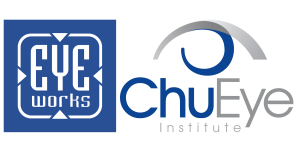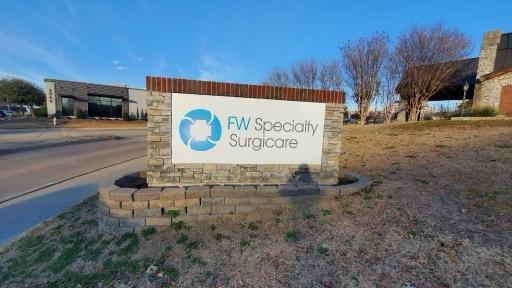 Myopia, or nearsightedness, is an all-too-common childhood eye condition. Unlike eyeglasses and traditional contact lenses, which merely correct refractive errors, orthokeratology (ortho-k, special rigid gas-permeable) contact lenses, actually slow the progression of myopia. This is important because rapid myopia progression can lead to sight-threatening eye diseases like glaucoma and macular degeneration later in life.
Myopia, or nearsightedness, is an all-too-common childhood eye condition. Unlike eyeglasses and traditional contact lenses, which merely correct refractive errors, orthokeratology (ortho-k, special rigid gas-permeable) contact lenses, actually slow the progression of myopia. This is important because rapid myopia progression can lead to sight-threatening eye diseases like glaucoma and macular degeneration later in life.
Furthermore, ortho-k lenses are worn overnight, providing a clear and stable vision without having to wear any glasses or contacts throughout the day.
What is Myopia?
Myopia afflicts more than a quarter of the world’s population, a situation many experts consider an epidemic. By 2050, that number is expected to dramatically rise to 50% of the global population.
In addition to genetics, spending most of our waking hours indoors, and staring for long periods at close-up objects like smartphones and tablets, are among myopia’s main risk factors, and may explain the rapid rise in cases.
Myopia occurs when the axial length of the eyeball is elongated. This causes the cornea to curve beyond its normal shape, leading far away objects to appear blurry since light lands in front of the retina, rather than directly on it.
How Is Myopia Dangerous?
Mild myopia (-0.25 to -3.00 D) generally does not increase a person's risk for eye diseases later in life. However, moderate ( -3.25 to -5.00 D) and high myopia (greater than -5.00 D) are linked to serious, vision-threatening conditions like cataracts, glaucoma, retinal detachment and myopic macular degeneration.
Cataracts
Cataracts cause the lens of the eye to become cloudy, rendering it difficult or even impossible to see.
Glaucoma
Glaucoma develops when eye fluid build-up increases pressure on the eye, causing irreversible damage to the optic nerve. It is the leading cause of blindness in the United States and Canada.
Retinal Detachment
The retina detaches from the layers beneath it, causing field vision loss, flashes of light, floaters, and in the worst of cases — total vision loss.
Myopic Macular Degeneration
When myopia is extremely high, it can cause the retina to stretch, leading to macular tearing and bleeding in the areas beneath the retina. This can result in irreversible vision loss and even blindness.
How Does Ortho-K Work?
Think of the retainer or bite plate you might have worn to bed at night to keep your teeth straight. Ortho-k is the optical equivalent. Your child’s eye doctor may prescribe ortho-k lenses to gently reshape the cornea every night. A child who wears them from bedtime until the next morning will enjoy clear, unimpaired vision the following day. This enables your child to swim and play sports without requiring prescription goggles or sports glasses.
Within months of wearing ortho-k lenses, the eyeball growth may decrease, thus halting myopia progression. This, in turn, can diminish your child's risk of developing any sight-threatening conditions in decades to come.
How Are Ortho-k Lenses Fitted?
All Eyeworks patients undergo a full ortho-k assessment before being fitted for these lenses. We will measure the precise curvature of the child’s cornea using a device called a corneal topographer, ensuring that the lenses fit perfectly.
After the initial fitting, patients will be provided with in-clinic training on how to insert, remove, and care for their ortho-k contact lenses at home. Periodic check-ups will help ascertain any changes in refraction and corneal topography, and adjustments to the lenses will be made accordingly.
Not only does ortho-k offer clear vision the next day; it also lowers the risk of developing ocular diseases later in life.
Eyeworks serves patients from Ft. Worth, Southlake, River Oaks, and Benbrook, in Texas.
References
- https://www.allaboutvision.com/conditions/myopia-faq/what-is-myopia.htm
- https://www.allaboutvision.com/conditions/myopia.htm
- https://www.aao.org/eye-health/diseases/myopia-nearsightedness
- https://www.aoa.org/patients-and-public/eye-and-vision-problems/glossary-of-eye-and-vision-conditions/myopia
- https://www.allaboutvision.com/contacts/orthok.htm
- https://www.aao.org/editors-choice/orthokeratology-slows-myopic-progression-in-young-
- https://www.aaojournal.org/article/S0161-6420(18)33073-2/fulltext
- https://www.reviewofoptometry.com/article/consider-ortho-k-for-myopia-control







